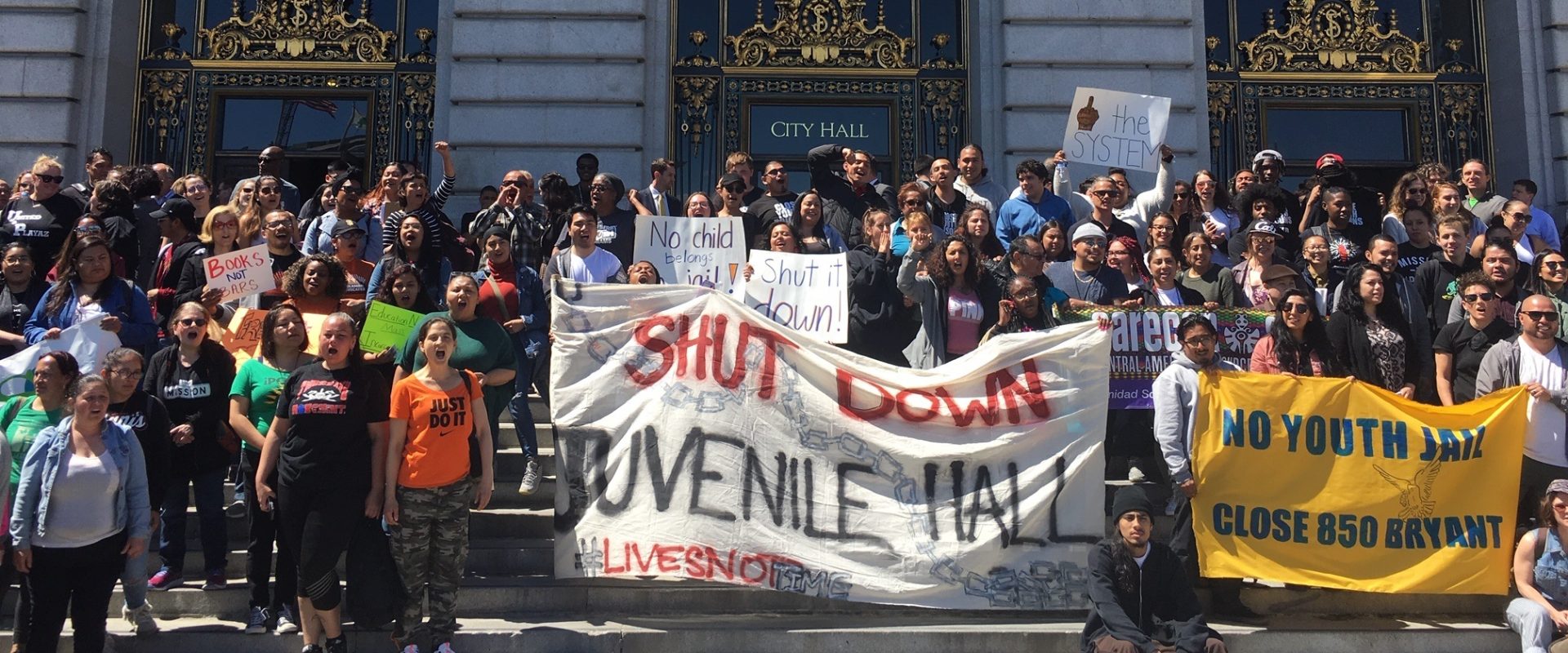Blog Dec 13, 2012
DJF’s reform efforts, sounding like a broken record
The purpose of the juvenilejustice system is to rehabilitate youth, a concept California’s Division of Juvenile Facilities (DJF) continues to struggle with. Progress in reform efforts through the Farrell lawsuit, now entering its second decade, have begun to sound like a broken record. In October 2012, the most recent Report of the Special Master released to the court commends DJF on certain improvements; however, areas crucial to the reform process have yet to meet compliance. Key areas…
Blog Dec 11, 2012
Charging Youth as Adults: What’s the Impact?
The juvenile justice system works best when it rehabilitates youthful offenders and gives them the life skills to succeed. To solely emphasize punishment, neither serves the best interest of the youth nor of society-at-large. However, there remains an underlying tension between punishment and rehabilitation, specifically when the youth is charged with a particularly offensive crime. Given these circumstances, states across the country have transfer procedures in place, which can transfer…
FBI and California statistics showing a huge drop in violence and crime by young people of all races – particularly African Americans – to record low levels threatens the simplistic, often crazed gun-violence debate. The desperate need of interest groups for ever-rising epidemics of youthful gun violence was epitomized yet again by sports pundit Bob Costas’s irresponsible commentaries (borrowed secondhand from pundit Jason Whitlock with no evident fact-checking by either) berating “gun…
Blog Dec 6, 2012
Human Rights Day: A cause for reflection
December 10th marks the annual celebration of Human Rights Day , a special anniversary in the global fight for human rights. On that day, in 1948, the United Nations passed the Universal Declaration of Human Rights (UDHR) . The document was born out of the unprecedented violence and dislocation from World War II. It codified values of human equality, political freedom, and socio-economic dignity. As such, the UDHR preamble begins: “Whereas recognition of the inherent dignity and of the…
Have you ever been in a room of highly educated individuals discussing sentencing and bail reform in California? I was just recently. On Tuesday November 27, 2012 I attended the Little Hoover Commission hearing as an expert witness. The conversation was extremely dynamic and thought provoking with significant dialogue on the fairness and constitutionality of the uniform bail industry in California. Despite the varying intricacies discussed there was a glaring omission: the collateral…
